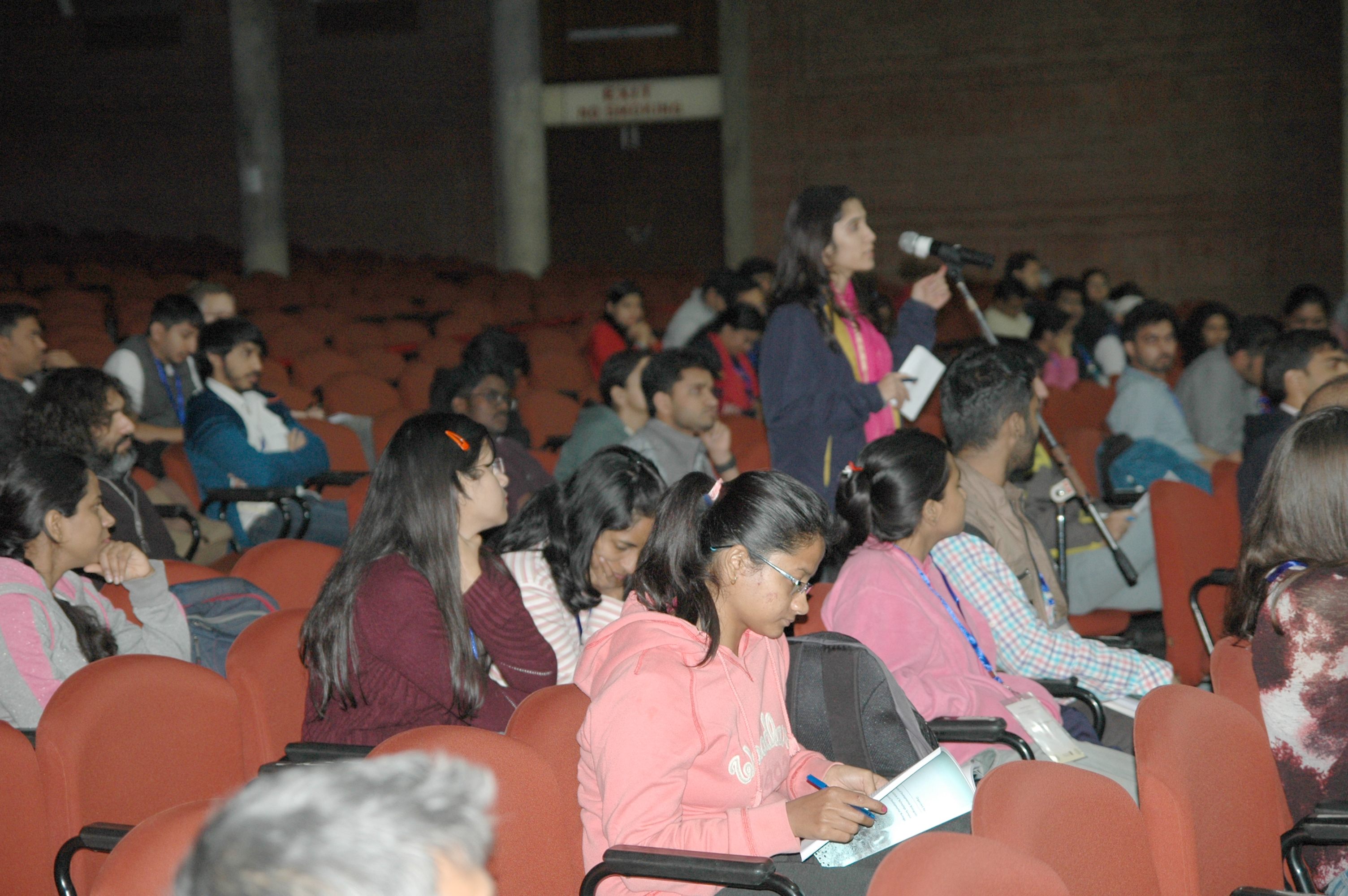Featured Science
About 250 developmental biologists from all over India and also from different parts of the world got together at Indian Institute of Technology Kanpur to deliberate on how to overcome the variety of research challenges in the different streams of developmental biology.
The conference supported by Science and Engineering Research Board (SERB) and the Department of Biotechnology (DBT) gave a platform for developmental biologists across India to interact with fellow researchers and senior colleagues. It also provided an opportunity for young investigators to obtain critical feedback on ongoing research and help with future career planning. It also helped promote collaborations and exchange of ideas amongst peers and colleagues working with diverse model systems, provided exposure to modern concepts and technical advances in development biology and promoted a community feeling and a sense of history.
Sessions on ‘Stem cells and Cell Fate Decisions’ exposed the audience to utilization of stem cells for regenerative medicine while a session on Development and disease mechanisms explored the relationship between embryonic development and disease models.
 Deliberation on topics ranging from modeling cancer in the fruit fly to obtaining insight on diseases such as osteoarthritis by studying cartilage differentiation kept the audience enthused. The meeting highlighted the intersection between developmental biology and other scientific disciplines opening up opportunities for future collaborations.
Deliberation on topics ranging from modeling cancer in the fruit fly to obtaining insight on diseases such as osteoarthritis by studying cartilage differentiation kept the audience enthused. The meeting highlighted the intersection between developmental biology and other scientific disciplines opening up opportunities for future collaborations.
Some interesting talks centered on the work of Dr Lolitika Mandal of IISER Mohali working on pattern formation in the drosophila lymph gland. The differentiated hemocytes arising from the progenitor pool populate the outer periphery of this organ. A cluster of cells within this organ serves as the hematopoietic niche that maintains the progenitor cells thus forming a beautiful pattern. She and her student revealed the mechanism by which cell adhesion and actomyosin activity in collaboration with Hedgehog signaling maintain the hemocyteprogenitors. She discussed how the progenitor cells stabilize the maintenance signal emanating from the niche for their maintenance.
Dr Jonaki Sen from IIT Kanpur was working on the process of separation of the two cerebral hemispheres, a process called invagination. She explained how her lab found that RA signaling is the most upstream factor which regulates both differential cell proliferation and cell morphology. They also found that the changes in cell morphology are regulated through reciprocal interactions between RA and BMP signaling, which in turn modulateCofilin-1, a factor that modifies the actin cytoskeleton. Thus their investigations have revealed novel mechanisms that orchestrate forebrain roof plate invagination.
Dr Amitabha Bandyopadhyay, also from IIT Kanpur deliberated on his study of understanding the molecular mechanism of differentiation and stability of articular cartilage. Studies from his lab revealed molecular insight into some of the earliest events involved in joints formation, beginning from interzone site determination to subsequent joint formation and finally how the joint progenitor cell fate is determined and maintained in the articular cartilage region. Dr Ian Smyth of Monash University, Australia spoke about his work on Building your kidneys and keeping them happy. He established how branching morphogenesis is patterned in the developing kidney and how nephron formation impacts on this process.
Dr Hiroshi Hamada, RIKEN CDB, Japan explained Cilia-dependent and independent mechanisms for left-right symmetry breaking among vertebrates while Dr Naoto Ueno, NIBB, Japan spoke on Calcium dynamics and tissue mechanics of vertebrate neural tube closure and Dr Olivier Pourquie, HMS, USA deliberated on Deconstructing the human segmentation clock in vitro.
Discussions were held to leverage embryology to provide cost effective aids and modules for science teaching in schools, extending the reach of developmental biology to an even younger generation in different sections of society.
One of the poignant moments of the meeting was on December 13, the second day of the meeting, when at the beginning of the post-lunch session Dr Amitabha Bandyopadhyay, one of the organizers of the meeting, played a video message from Dr Iqbal Niazi, one of the founding members of InSDB and a famous developmental biologist with groundbreaking work on the role of RA signaling in limb regeneration. The meeting was attended by some of the most renowned Developmental Biologists from India and abroad such as Dr Shubha Tole, Dr. L.S. Shashidhara, Dr Ueno Naoto, Dr Hiroshi Hamada, Dr Jotsna Dhawan who is the President of the Society for Developmental Biology and also by developmental biology students from institutions across the country. The students soaked in the novel findings that the senior researchers discussed and interacted with them about new methods to test their hypothesis. Five hour long poster sessions on all days of the meeting to provide sufficient time for the young scientists to interact with senior scientists within an academic setup benefitted them. Mentoring sessions by famous senior Developmental Biologists-Dr Shin-ichi Nishikawa and Dr Gary Shoenwolf were extremely useful for the young students.